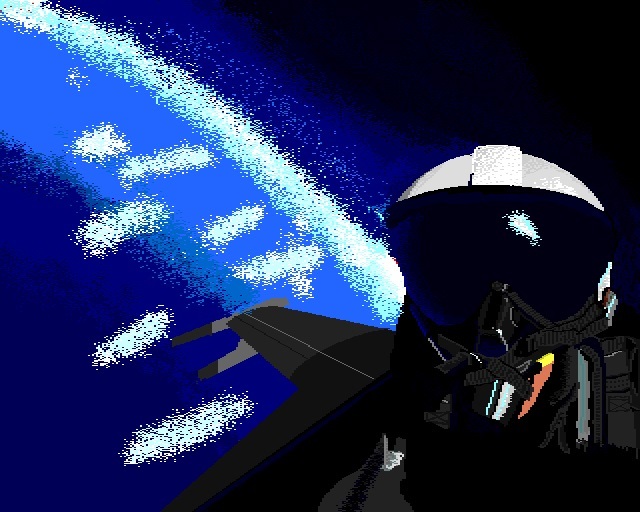This is a short review of an OS that is both opensource and in it's early stages. If things change in the future, then there ya go.
So the last few days I have been traveling down the road that I wanted to wander around on as a kid. Let's call it Amiga street. I've been looking up everything I can about amiga's from the hardware (and learning an active port of debian with networking has been worked on for the 68k computers [I find this amazingly awesome and cool]) all the way down to the software and modern day things that have happened to the brand name. Surprisingly the whole shebang is still rolling albeit with a lot of the original workers on top of whoever is running the new company.
To get into amiga nowadays is rather silly, one would think. You need powerpc, and specific hardware, and this and that and whatever. Funnily enough if you wanted an amiga machine AROS is going to fit your bill and be even more efficient than your phone in resources. In a running state it uses 38 MB of ram at idle and with this at thought it doesn't surprise me that it boots almost instantly on basically any x86 or 64 machine you put it on.
AROS is fully compatible with other amiga-like OS's, such as MorphOS, and shares similar software between them such as the CSS, and either just recently or soon youtube viable, OWB Web Browser. AROS also allows you to run amiga software natively even on an X86 machine. However if you were to download the community port you could most likely run the software without emulation as you would need to on X86.
Past all of this a neat feature I would like to point out is that the system does not seem to care what you boot it on once installed to a hard drive. Much like many linux or Unix/Unis systems you can flip flop systems as they come and go and never lose anything. I find this helpful as my goal was to install AROS on a netbook that I like to play youtube, music, and emulators on as well as write stories and school papers on. Though, if the machine ever dies I can simply get another one for 30 buck and toss the hard drive in assuming the drive never dies.
Now on to the other half of the question my topic title poses: "WHY?"
Simple: you want to play amiga games in an amiga environment and do other things, again, in an amiga environment. Yes there are emulators and yeah those are great and all, but I always felt authenticity in that having a machine for something specific like this always felt better. That and VMWare runs slow as all hell and ain't nobody got time for that.
The positives are that this is essentially more open than even linux. By that I mean anything and everything is touchable and easy to modify. The system tree is easy to pick up after a while and apps are pretty straight forward. Most everything is in C, python, and lua, making this the BEST system, in my opinion, for learning how to program and remember classes. Speaking of which, AROS also makes sure to stay so close to amigaOS (being based on 3.1) that if there is a class file for something like MP3's or JPEG's (or whatever else) any app that wants to open multimedia files can do so. If a class file is missing it is easy to ping the IRC users or mailing lists or forums for help. In this sense it really feels organic and like using an actual amiga. It feels much more connected and... as stupid as it sounds to me, personal in that regard.
There are bad sides though. While the OS is technically in alpha still, for as good as I have seen it, things can be confusing. Screen Modes won't set until reboot (that being resolution, hz dipslay rating, color modes, etc.), window settings don't always save (as in setting a window a certain way when you open it and saving it to always be that way like on the old amiga's), and over all the system is not very descriptive like other OS's such as windows. In this regard the feeling of using an OLD OS is there as there actually is a manual you can download, or I believe, order from the creators and managers. I won't count them against this though as it is based on amiga 3.1 and this kind of just follows along with it all. And the stuff I said before about the community being so close knit on sites, IRC, etc... Yeah that's great and all, but I will say that it's not like the software repositories in linux or the regulated software on OSX, BSD, and the hail satan itself of WIndows.
All that being said this is quite the experience to have. It really lets me play with and use the OS that I saw at the library daily as a kid (our libraries had amiga 4000's until 2003 when they got imac's for the middle and elementary schools, then the amiga's went to the local library in town and are in storage doing nothing and not for sale, though I have asked), and even some day 3D print an amiga case and make a keyboard for my raspberry pi to make my own amiga with this OS. If you have a spare compe` laying around and nothing better to do and this piques your interest as much as it did mine definitely check it out.
And if I missed anything don't be a troll as I was not an amiga user as a kid so if I have missed anything please feel free to mention it :P
